New York, US:
For many, New York City stands as the pinnacle of excitement, culture, and opportunity. Yet when it comes to apartment hunting, the city’s reputation takes on a different light—especially if your budget caps at $1,500 a month. The rental reality? That amount stretches only so far, and nowhere is this more apparent than in Manhattan, where $1,500 a month can feel more like a ticket to a shoebox than to a spacious urban oasis.
A recent rental market analysis reveals a stark statistic: $1,500 might get you a central address, but it’ll only secure you about 216 square feet of living space—barely larger than a parking spot, and certainly less than the national average for a studio. Think microwave-sized kitchens, baths you can nearly touch from your bed, and the kind of “cozy” that realtors love to spin for prospective tenants. Brooklyn offers a slight improvement, with just under 300 square feet, and Queens is a rare bright spot, providing around 350 square feet, sometimes enough for a small one-bedroom or a more generous studio.
Scouring listings across the five boroughs, you’ll discover that $1,500 often lands you in outer neighborhoods, above shops or in older walk-ups, and almost always without amenities like in-unit laundry or doorman service. Still, for many New Yorkers, such compromises are the price of being close to the city’s buzz, career opportunities, and iconic sights.
Coast to Coast: What $1,500 Rents in America’s Biggest Cities
While New York may hold the crown for most expensive rents, it’s not alone in the challenge of stretching your dollar. Major coastal hubs like San Francisco, Boston, and Los Angeles all echo the trend, with $1,500 a month rarely breaking the 350-square-foot mark. In Boston, that sum typically translates to just over 300 square feet—again, short of what most would consider a full apartment.
Silicon Valley’s Sunnyvale and San Francisco, too, regularly top lists of cities providing the least space for this budget, proving that tech booms and sky-high demand make for tight living quarters.
The Surprising Winners: Where Your Money Goes Further
Travel inland, and the value proposition changes dramatically. In Wichita, Kansas, your $1,500 budget transforms: you can rent a spacious three- to four-bedroom home, covering over 1,300 square feet. That’s nearly six times the space you’d find in Manhattan for the same money. Toledo, Ohio, and the twin cities of Oklahoma City and Tulsa aren’t far behind, offering upwards of 1,200 square feet each month—enough for families or professionals to live comfortably with room to spare.
Sunbelt and Midwestern cities continue this pattern, with Baton Rouge, El Paso, Corpus Christi, and Memphis all offering more than 1,100 square feet for $1,500 monthly. These homes often come with amenities like parking, private patios, and appliances—luxuries that would push monthly rent in New York far beyond $1,500.
Why the Big Gap?
The price discrepancy reflects not just the desirability and dense population of coastal markets, but also local wages, job markets, and the sheer demand for housing in global cities. While $1,500 can mean a single room in New York or San Francisco, it can score a family home in the Midwest, where new construction and lower demand help keep rents in check.
For renters willing to trade location for lifestyle, America’s heartland offers breathing room—literally. Lower rents, more space, and a slower pace of life mean that $1,500 isn’t just rent, it’s access to a different way of living.
The Bottom Line: Know What You’re Getting—And Where
Aspiring renters should enter the market with eyes open: in New York City, $1,500 rents are for the resourceful and the space-efficient. In America’s interior cities, that same budget could change your expectations entirely. Whether you crave the bright lights of Manhattan or the wide-open spaces of Wichita, $1,500 will open doors—but it’s up to you to choose which ones you’d rather walk through.



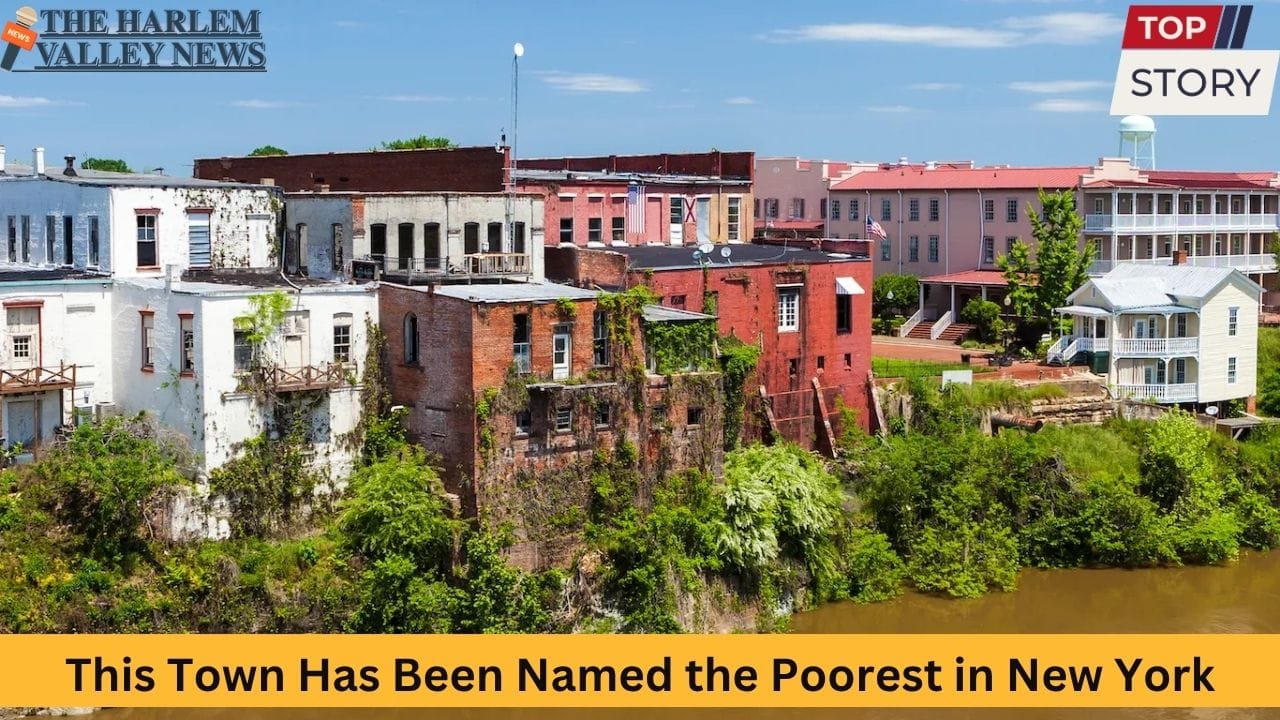
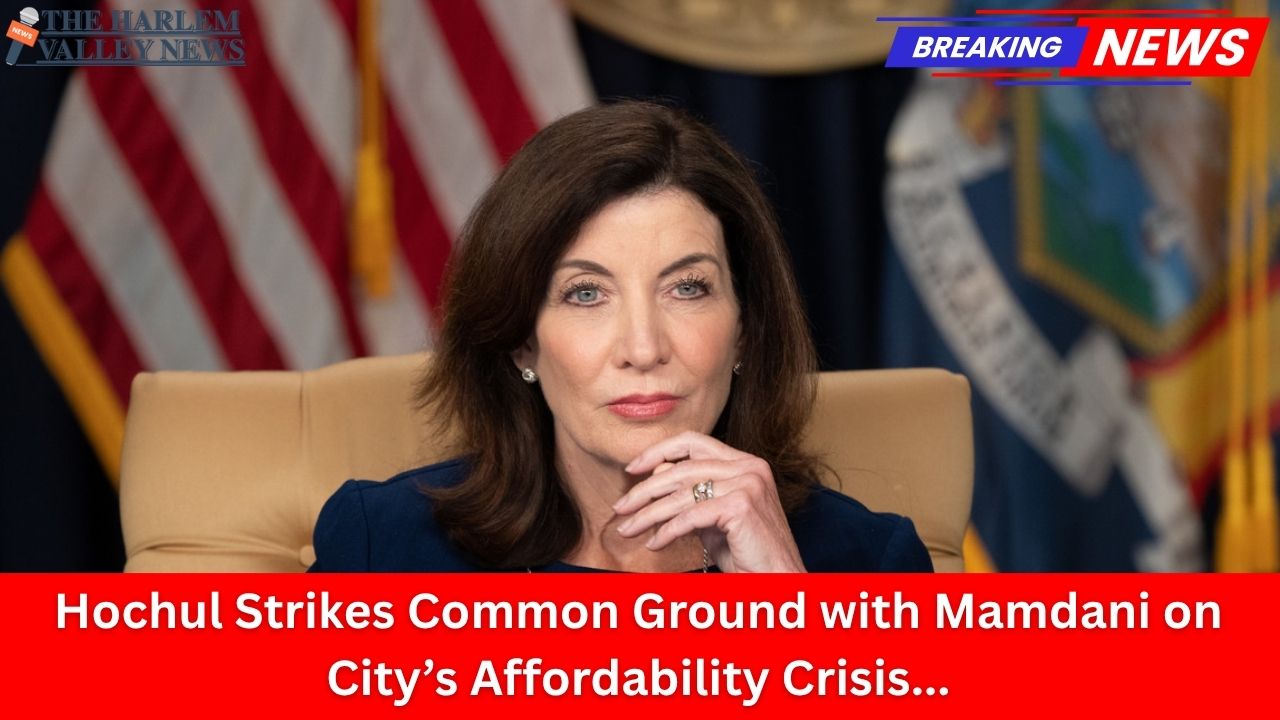




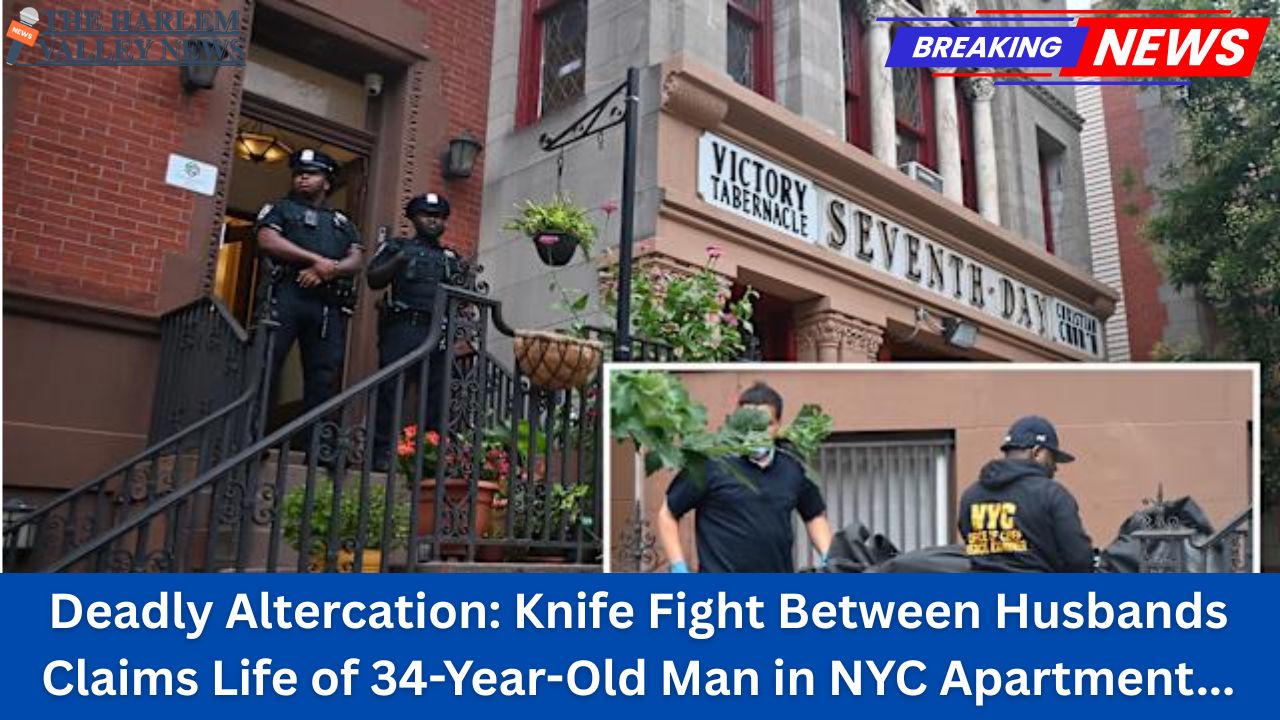

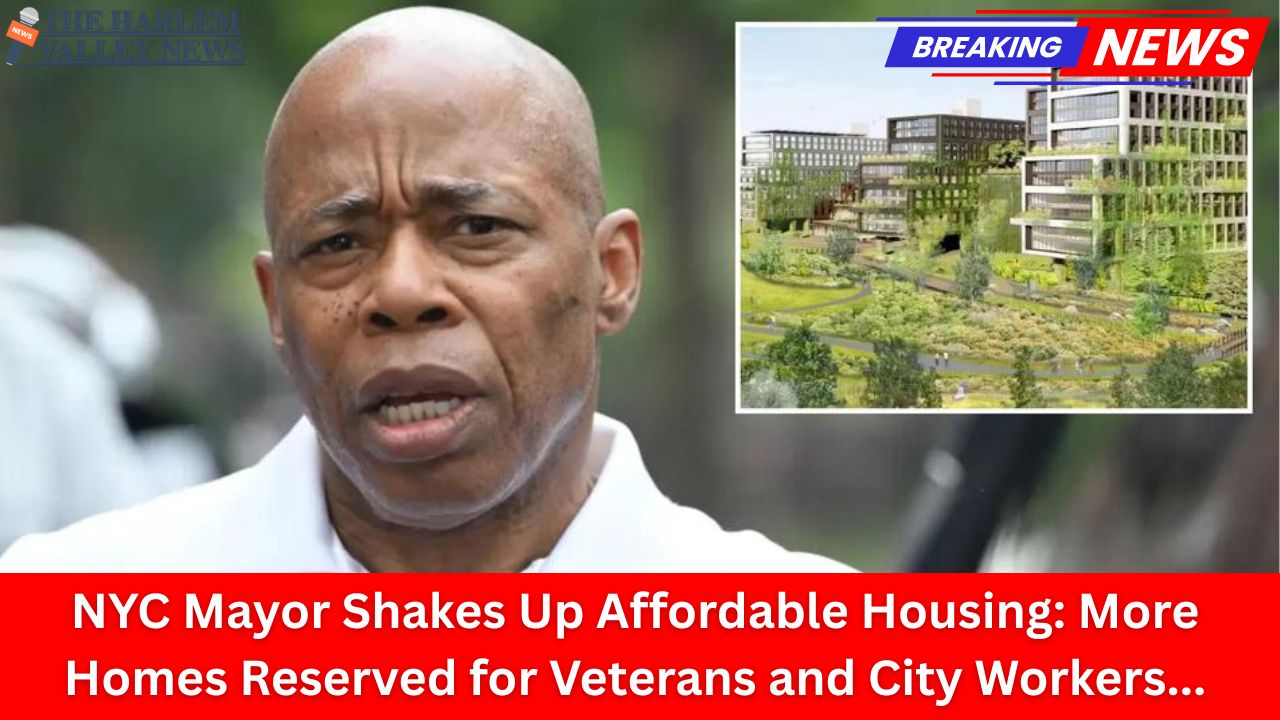

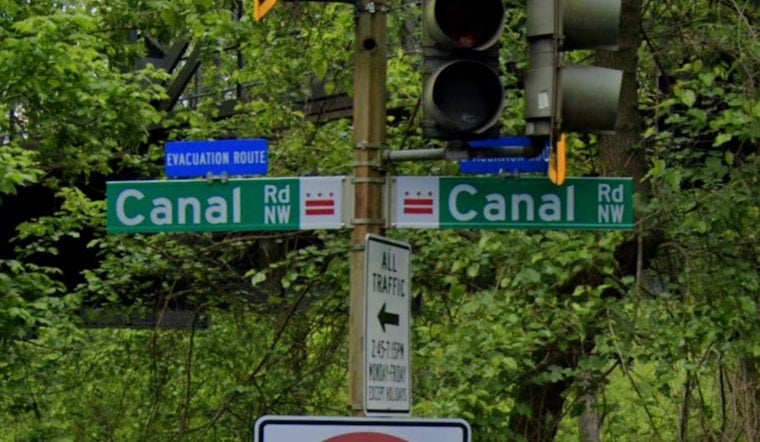

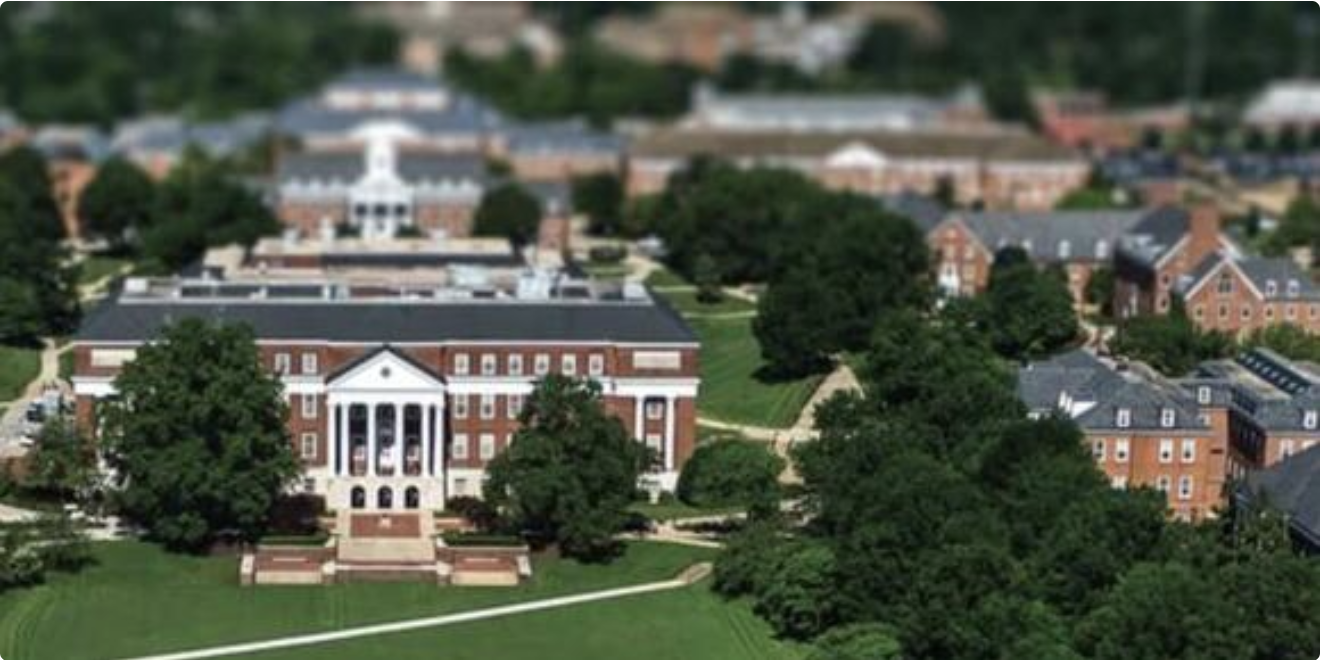
Leave a Reply